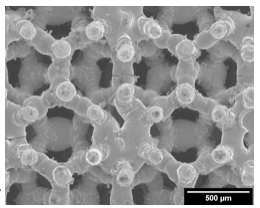- Energy Analysis
- Hydrogen Energy
- Electric Energy
- Carbon Dioxide (CO₂)
Energy Analysis, Materials for Advanced Energy Systems,
Hydrogen Effects in Materials, Additive Manufacturing, Energy Efficiency Analysis, Energy Policy
Stubbins, James (PI)
Professor & Principal Investigator
- Research Thrust : Multiscale Science and Engineering for Energy and the Environment Thrust
- E-mail :
- Website : http://npre.illinois.edu/



